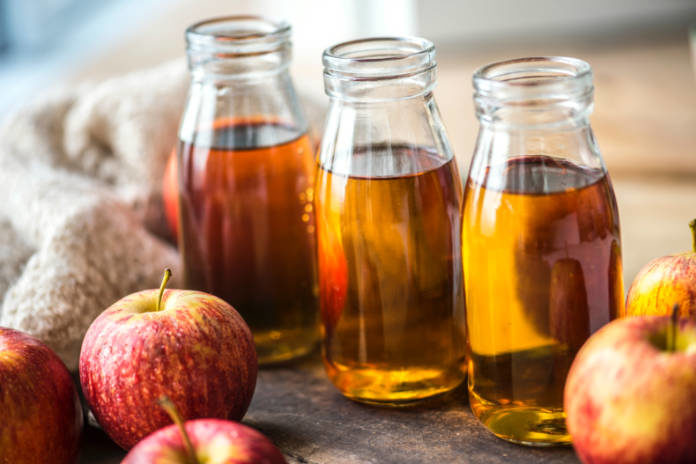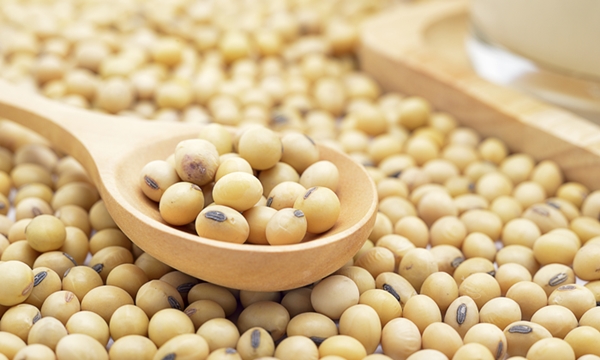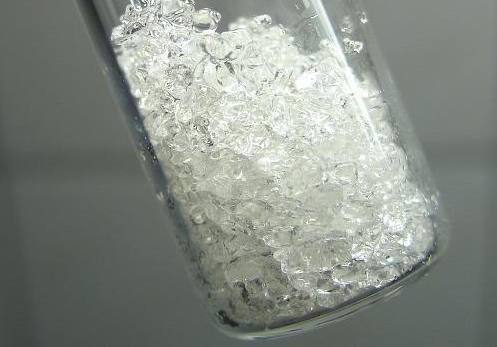The Top Five Uses of Acetic Acid

Vinegar
It’s obvious this list was always going to start with Vinegar as it is most closely associated with this product. Vinegar consists of typically 5-20% acetic acid with the level of dilution being indicative of the strength (known as grain strength). This is calculated by multiplying the concentration of acetic acid by 10. So, vinegar containing 8% acetic acid will have a grain strength of 80 and will be sold as 80 grain strength.
Acetic acid is present in all types of vinegar from weaker table vinegar through to pickling varieties and more concentrated products. Being present in vinegar is by no means the main use of acetic acid, it just happens to be the best known.
Modern medicine
As mentioned above, acetic acid possesses excellent antibacterial properties and is used as an antiseptic when used as a 1% dilution. It can be used as an alternative product to prevent infection and kill bacteria. A study on burn wounds, carried out by researchers from the University of Birmingham and the National Institute of Health Research, Surgical Reconstruction and Microbiology Research Centre tested the antibacterial activity of acetic acid and found, that even in lower concentrations, the acid actively inhibits the growth of pathogens, prevents the formation of biofilms and eradicates pre-formed biofilms. It is important to note however, that if you do suffer a burn this should be treated professionally by hospital staff, do not simply self-apply vinegar to the wound.
Photography and Film
In the 1950s there was a breakthrough, a product called cellulose acetate replaced nitrate film putting an end to the risks of fire, combustion and the general concern of carrying film around with you. (Projectors used to be equipped with fire-proof boxes and you’d be turned away from public transport if you were carrying nitrate film). Cellulose acetate is commercially produced using acetic anhydride which involves a dehydration of acetic acid to give an organic compound called ketene. This is then reacted with acetic acid to produce the anhydride required.
Adhesives and Paints
Vinegar is the most closely associated product with acetic acid however, vinyl acetate monomer is actually one of the primary products that uses acetic acid in its production. A reaction consisting of ethylene, acetic acid and oxygen over a palladium catalyst creates the vinyl acetate which can then be polymerised to a number of different polymers which are the common components in adhesives and paints.
Descalers and rust removal
Given the properties of acetic acid, it is therefore no surprise that it can be used as an excellent de-scaler. You’ll see the limescale fizz and bubble away as acetic acid reacts with it, breaking it down from a solid into a readily removable liquid.













